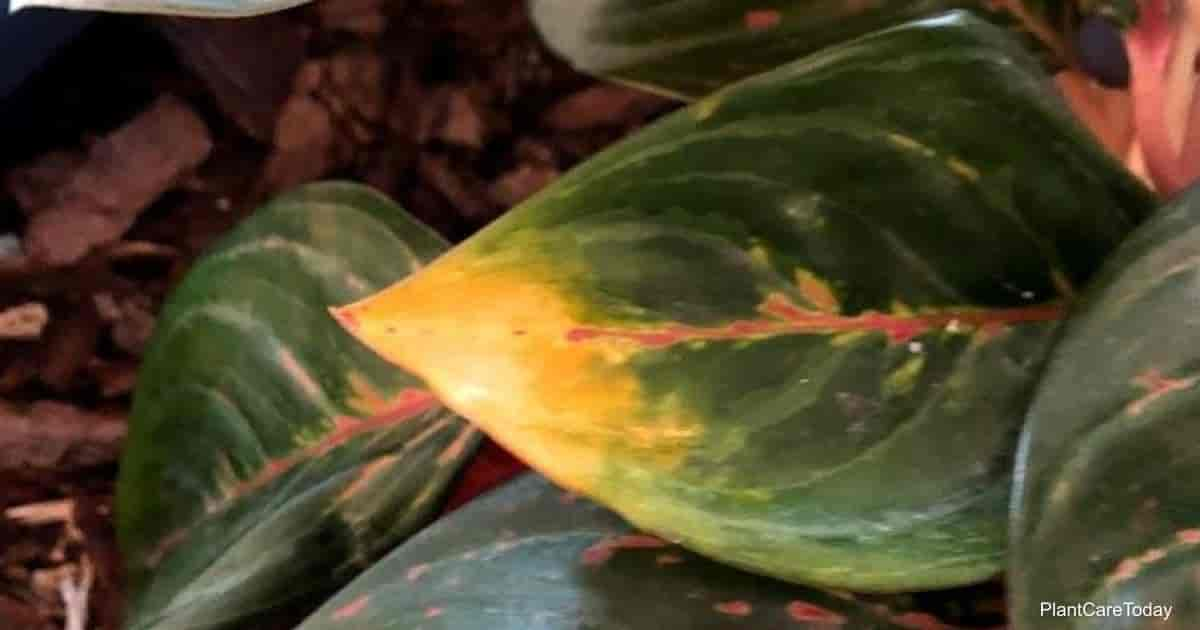Sansevieria Fernwood is an evergreen, relatively hardy, and perennial succulent snake plant that belongs to the family Asparagaceae.
It has a unique stem with tiger stripes patterns with colors ranging between dark green, light green, yellow, and white. It also has cone-shaped leaves that have an aesthetically pleasing appearance.
All the plant leaves grow from a single point at the plant’s base, of the parent plant body. The leaves keep growing vertically until a certain point.
The plant is available in a wide range of types and variants, most commonly Sansevieria Suffruticosa and Sansevieria Parva.
Sansevieria is pronounced as [san-se-VEER-ee-uh]. It’s native to various regions, including Africa, Madagascar, South Asia, and America.
Due to the slender appearance and the mildly poisonous nature of the plant, it has earned itself several names, including:
- The snake plant or snake tongue
- Mother-in-law’s tongue
- Devil’s tongue
- Jinn’s tongue
- The bowstring hemp
Sansevieria Fernwood Care
Size & Growth
Sansevieria Fernwood is a slow-growing plant with cylindrical leaves that almost exclusively grows from spring to summer months.
This is why it would take them up to several years to reach their maximum height. You can, however, speed up the growth of the plant by using artificial light.
Fernwood reaches anywhere between 2′ to 6′ feet, depending on the level of care given to the plant.
Flowering and Fragrance
Sansevieria Fernwood blooms once a year during the summer season. This is a pretty unique and rare moment that doesn’t last for long.
Snake plant flowers usually are usually small white ones that grow on a spike.
Light Conditions & Temperature
The fernwood snake plant is a relatively hardy plant, especially in terms of tolerance to low light.
It can easily adapt to low light, making it a great indoor plant as long as you don’t have an indoor pet that might eat its mildly toxic leaves.
The ideal light settings for the plant are moderate to bright yet indirect light.
The plant will survive a temperature range of anywhere between 60° to 75° F (15 to 23 C). However, it can also survive temperatures as low as 50° F (10 C) for a very brief period.
Watering and Feeding
Sansevieria Fernwood tolerates drought, just like cacti. They require little water to survive. The plant is more likely to suffer from over-watering than the lack of it.
Ideally, you only need to water the soil once it’s dry. Avoid pouring the water onto the leaves because they’re susceptible to rot if it sits for long.
The soil usually dries up in about a week. However, you should still check that the soil isn’t moist before rewatering it.
NOTE: Avoid using tap water.
As for feeding, you don’t need much to maintain good nutrition for the plant. As a rule of thumb, any low nitrogen general fertilizer should be good enough for the plant.
Too much food will make the leaves droopy. Only feed them during warm months and avoid feeding from fall to winter.
Soil & Transplanting
Based on the plant’s extremely water-sensitive nature, it’s obvious that the plant prefers sandy soil that is relatively well draining and loose.
A commercial cactus mix is a great choice when it comes to Sansevieria potting soil. On the other hand, avoid any water-retaining soil because the roots will rot in a matter of days.
Always makes sure to adjust your watering schedule according to the humidity and trainability of your soil.
Grooming And Maintenance
Luckily, the Sansevieria Fernwood mikado doesn’t require much grooming or maintenance as some other plants do.
However, you may want to prune the plant to get rid of distorted leaves to enhance the overall look of the plant.
While you can groom the plant all year round, it’s preferable if you do that in the growing season only.
How To Propagate Sansevieria Fernwood
Like other Sansevieria, Fernwood can be propagated through a variety of different methods. The straightforward one is by rooting the plant in water, even though an adult Fernwood snake plant will not tolerate that much water.
In addition to rooting, There are other, more complicated propagation methods, such as leaf cutting.
In this method, you cut a few mature leaves with a sharp knife and place them in moist soil. Place it in bright spot indirect sunlight and allow it to grow.
Sansevieria Fernwood Pests or Diseases
The most common disease that can cause the Fernwood snake plant to die out is root rot due to excessive watering and pest infestations. Luckily, it’s fairly easy to spot the problem and solve it.
The plant is susceptible to several fungal diseases, such as red leaf spots, southern blight, and botrytis.
Additionally, several pests can attack the plant. Check the underside of the leaves for these critters and treat them with alcohol-infused cotton swabs. The most common Sansevieria Fernwood pests are:
- Root mealybugs
- Thrips
- Spider mites
- Scale
Credit : Gary Antosh (https://plantcaretoday.com/sansevieria-fernwood.html)





